15 things a PC user should know
TipsMake.com - Whether a technology veteran or a beginner, here are 15 important things you need to know when using a PC.
Don't double click on everything
Double clicking is the operation used to open items in Windows. This is not a way to open links on a Web browser, click the options in the dialog boxes . And if you're familiar with the reflex hand, you can accidentally ignore important information or submit a form. information twice.
Use slashes suitable for situations
As you know, there are two slashes on the keyboard: Right '/' and left tiles ''. The left tile in the convention is used in the Windows file path (C: Program FilesWhatever for example), while the slash must be used in the Internet address (for example, https://quantrimang.com/kienthuc/thu- thuat / index.aspx).
Record the error message
When a PC fails, it often tries to notify you why it is. This message is usually a series of numbers and letters that you don't understand. Write down the entire message (or take a screenshot if possible) so that we can find the error on Google or provide the technical support team. If the PC does not show an error message, go to Action Center (in Control Panel) and see if it appears under the View archived messages or View problems to report .
Recover deleted files
When deleting a file from a PC or memory card, you don't actually wipe it from the hard drive. Instead, you simply remove the information that the PC needs to determine the file location. At this point, the PC will treat the location of the deleted file as free space and can overwrite it with another file. If you accidentally deleted certain data, the file retrieval utilities like Recuva can help you find these files as long as the file has not been overwritten by another new file.
Clean up the hard drive before quitting
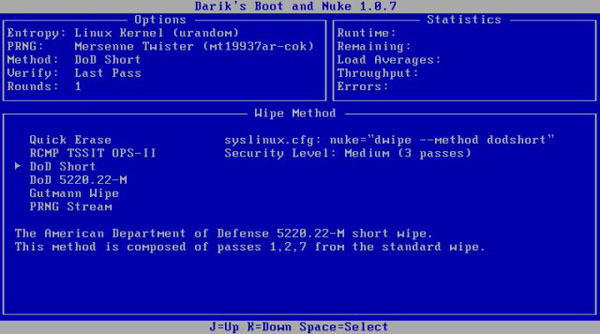
Since a PC does not immediately release files that have been deleted on the hard drive, reformatting the hard drive before recovering or wanting to resell the old one is not enough. Someone can use recovery applications to retrieve your sensitive data. Therefore, try to completely clean the data through a number of methods such as using Darik's Boot and Nuke.
Uncheck the volume before installing
Many useful applications give users the options that come with the installation, such as adding a search toolbar, add-ons, and possibly a secondary application that users may not need. Add-ons or add-ons come with the main application to make money for application developers, not sure because they are really useful for you. So, consider carefully the installation options before pressing the installation so as not to change the search engine or install unused applications.
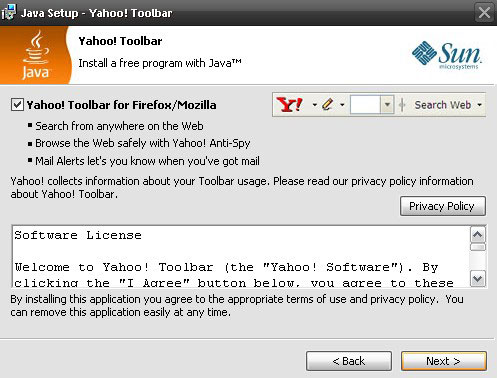
Virus protection in Office documents
Experienced MS Office users can take advantage of the integrated Visual Basic for Applications feature in the program to automate complex tasks with macros. However, malicious creators can use the same tools to design a virus that infects your document and that of your colleagues. By default, Office is set to disable all macros and note you when an open document contains them (to enter this setting, in Word, select Word Options> Trust Center> Trust Center Settings> Macro Settings ).
Be careful with cleanup applications
Pretend applications claiming to help improve machine performance and clean up clutter will often do more harm than good. To clean the system, just run Disk Cleanup (select Start Menu> All programs> Accessories> System Tools ); The program appears in all Windows installers and will not damage the device.
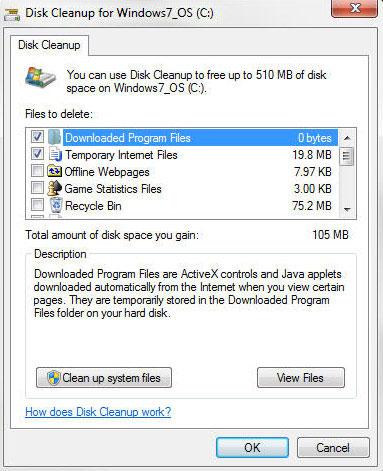
Remove old applications
If you are in the habit of downloading and installing new applications from the Internet, you should also keep the habit of regularly removing applications for your PC. To do this, open Programs and Features in Control Panel, click Uninstall to remove the unwanted item. You may need to go to the C: / Program Files / directory to find some unused applications. The less programs on the PC, the better the faulty device is. You can use CCleaner to clean up your computer as quickly as possible.
Don't spill water on your computer
When accidentally pouring drinks into a laptop, calm down. You can still save the data and prevent the motherboard from burning. Instead of panic, quickly remove the power cord and battery from the device, not wait for Windows to turn off. Next, disassemble the components connected to the PC (network cable, USB) and pull any removable components easily like an optical drive. Tilt the laptop so that the liquid flows in the direction of spilling into the PC, but be careful because the liquid can penetrate deeper. If you see liquid on the face, take it with a towel. You can now remove the PC components and clean them with an electronic cleaning tool or you can take them to the technical center to get help.
Turn off UAC
Both Windows 7 and Windows Vista have a security function called User Account Control that dims the screen and shows a dialog whenever you install an application or change the system settings. Although the feature may be useful for capturing sneaky applications that try to install or change settings beyond user awareness, it can be troublesome. If you use Vista, use TweakUAC to turn off UAC. If you use Windows 7, go to User Accounts in Control Panel, click on User Account Control settings and change the settings so that UAC will still warn but not dim the screen.
Do not work directly on the admin account
Many PC users are accustomed to handling everyday tasks while logging in with a computer administrator account, especially in Windows XP. This can help you avoid the hassle of not having to log in and log out to install the app or change settings, but it also offers more opportunities for viruses and malware to invade the machine. So don't use an admin account.
Leave Control Panel in Icon View mode
The Category view in the Control Panel can be useful if you don't want to be confused by the many different options available, but it can also make the search harder (especially especially if you are following detailed instructions based on the names of the panels). Click on the Classic view on the left (in Vista) or select Large Icons from the View by drop-down menu on the upper right (in Windows 7) to access all control panels.
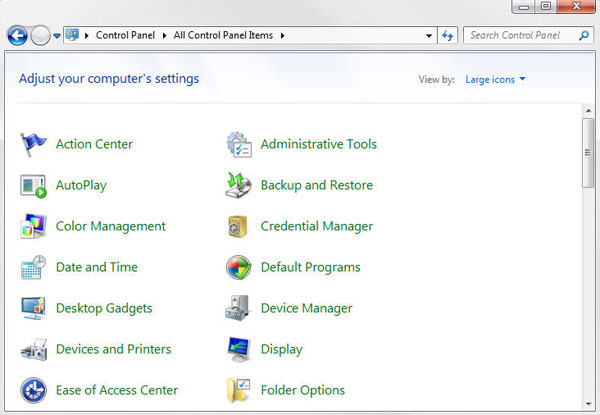
Close the application on the system tray
The running application icon is usually 'parked' in the system tray system tray (the array of icons on the right side of the taskbar). Take the time to clean it regularly. Open Notification Area Icons and check the box below Always show all icons and notifications on the taskbar to be shown the system tray status, then you can right-click on each application without need and select Close . RAM will be saved.
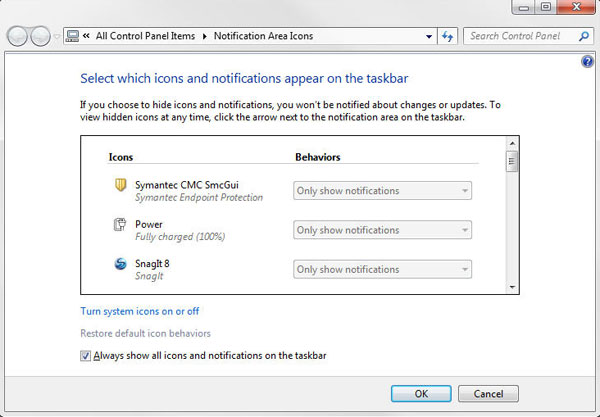
Manage source settings
If you're using a laptop, changing the power settings is important, avoiding wasting battery power or avoiding switching to sleep mode at the wrong time. Open the Power Options control panel in Control Panel and select different profiles when plugging in the power cord and moving. To access advanced settings, click Change plan Settings> Change Advanced Settings. Here, you will see special options related to battery, Wi-Fi, graphics card .
You should read it
- Control Panel on Windows 11 is about to be omitted an extremely useful feature
- Remove hidden software in Windows 7, not found in Control Panel
- Instructions to disable Control Panel on Windows 7
- How to open Control Panel on Windows 10, 8.1, 7
- Control Panel will soon disappear on Windows 10
- How to add Services to Control Panel in Windows 7, 8 and 10
- How to remove all available applications on Windows 10?
- 4 ways to return to the previous version of Windows 10 without losing data
- How to uninstall Microsoft 365 Office on Windows 10
- How to add or remove Control Panel from Navigation Pane on Windows 7
- How to access Control Panel on Windows 10, how to access Control Panel on Windows 10
- How to open Control Panel on Windows 11






 75 great user interface design ideas you need to know - Part 2
75 great user interface design ideas you need to know - Part 2 75 great user interface design ideas you need to know - Part 1
75 great user interface design ideas you need to know - Part 1 75 great user interface design ideas you need to know - Part 3
75 great user interface design ideas you need to know - Part 3 Things to know about Webflow
Things to know about Webflow How to change the browser User Agent without extenstion
How to change the browser User Agent without extenstion How to manage user passwords from Terminal in Linux
How to manage user passwords from Terminal in Linux